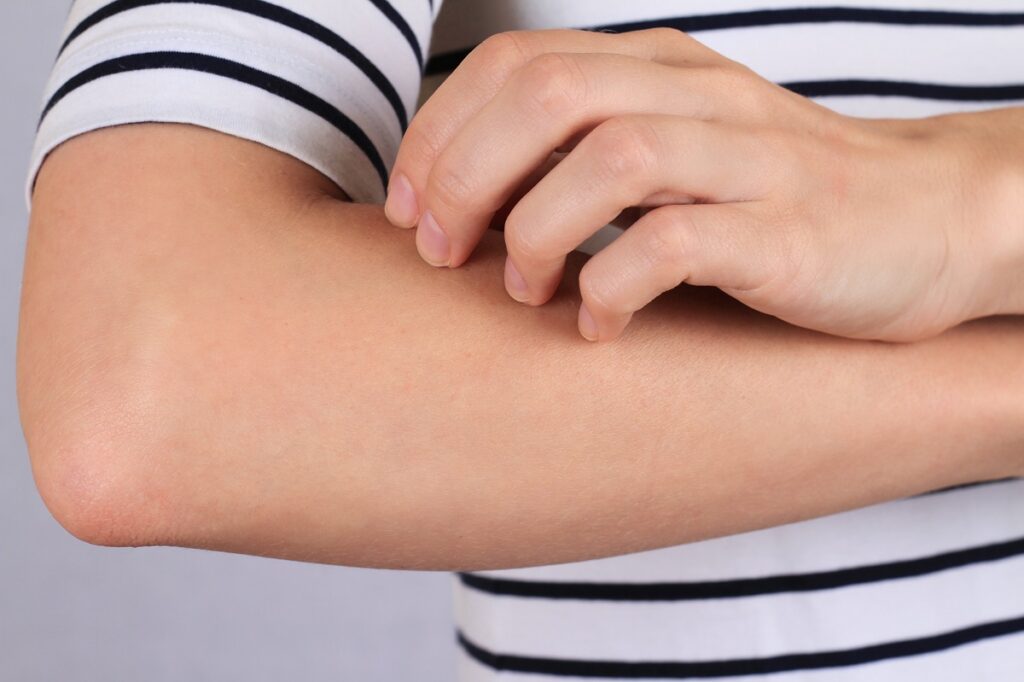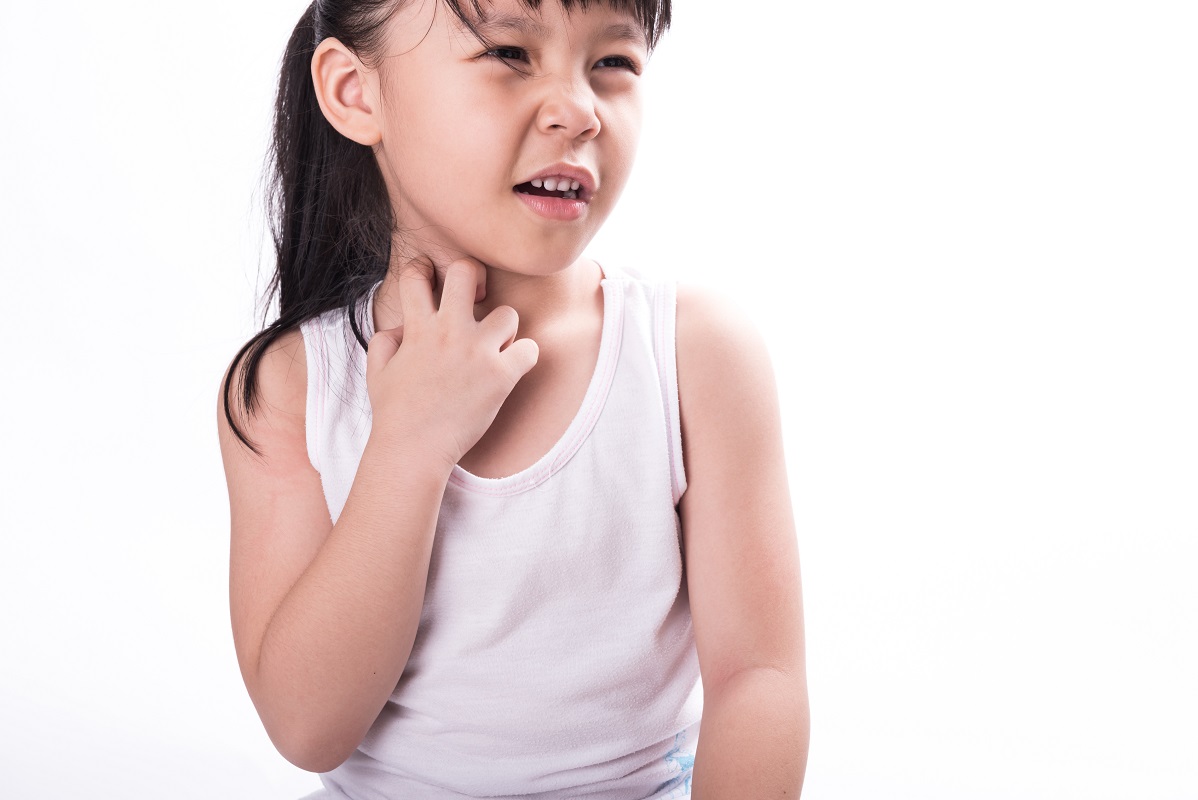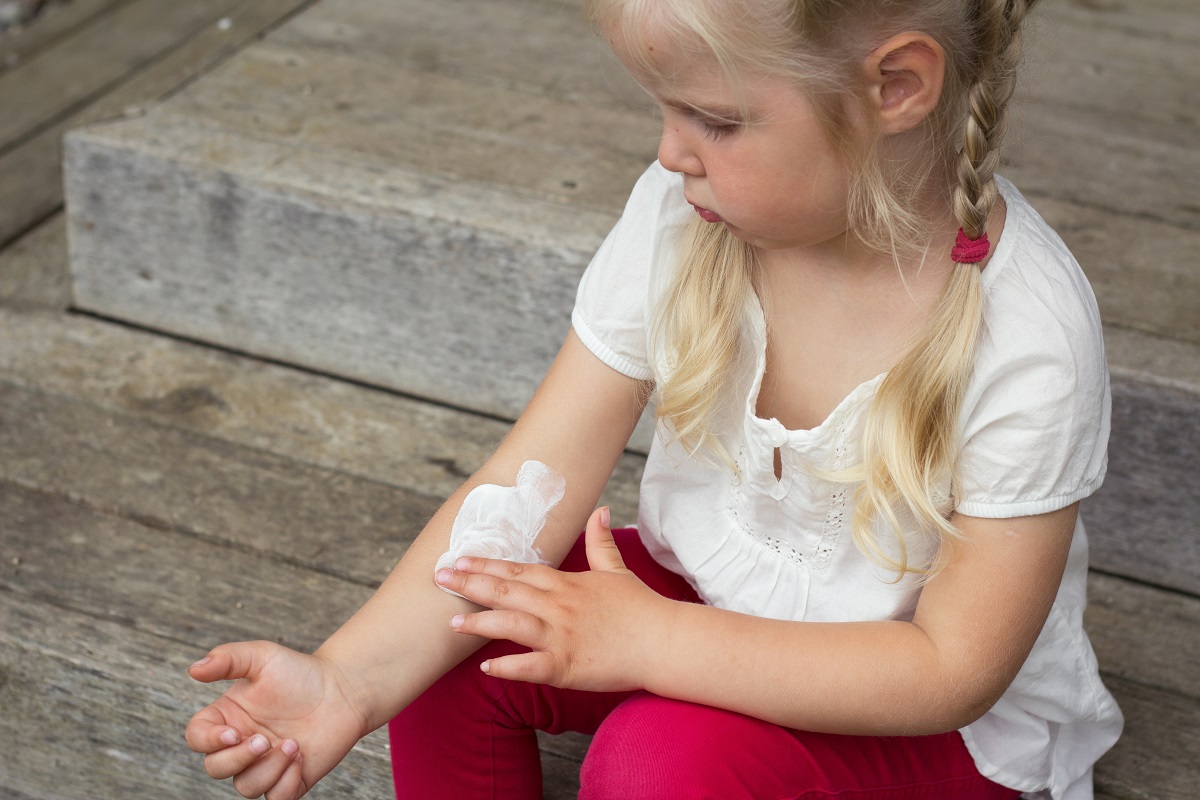- Regularly changing the baby’s diaper helps avoid diaper rash, coupled with the use of good-quality ointment.
- Managing eczema involves constant skin moisturization and avoiding triggering allergens and environmental factors.
- Identify and minimize exposure to allergens causing rashes, including pollen, dust mites, and soap.
- Use mild, fragrance-free products for gentle skin cleansing and regular moisturizing to maintain hydration.
- Finding reliable pediatric care for severe rashes that don’t improve with home remedies is crucial.
As a parent, your child’s health is a top priority. One crucial aspect of health is skin care. Kids’ skin is delicate and sensitive, making it susceptible to rashes and other skin problems. However, proper care can keep your child’s skin clear and healthy. One of the most common skin problems that affect kids is rashes.
Maintaining healthy skin for kids is crucial as it helps protect them from harmful agents that can penetrate the skin. The skin regulates body temperature, conserves moisture, and protects the body from environmental stressors.
Any damage to children’s skin can cause discomfort and lead to infections. This is why taking care of your child’s skin should be a top priority.
This blog post is a comprehensive guide to help you navigate rashes safely and effectively.
Different Types of Rashes
Several types of viruses can cause rashes on your child’s skin. The three most common are diaper rash, eczema, and allergic reactions. Understanding the different types of rashes can help you narrow down the cause and provide appropriate care.
Diaper Rash
Diaper rash is the most common type of rash among babies. It is caused by moisture from pee or poop left on the skin for an extended period.
To prevent diaper rash, change your baby’s diaper frequently, and after every bowel movement, wash the area clean with warm water. Apply a good quality ointment or cream, such as zinc oxide, to create a barrier against moisture.
Eczema
Eczema is a chronic skin condition characterized by dry, itchy, and scaly skin. Allergens, environmental factors, or genetics can trigger it. In order to manage eczema, you need to keep your child’s skin moisturized at all times. Use a fragrance-free moisturizer shortly after bathing or showering to hydrate your child’s skin.
Allergic Reactions
An allergic reaction can cause skin rashes on your child’s body. Common allergens that can cause rashes include pollen, dust mites, pet dander, soap, or laundry detergents. To deal with allergic reactions, it is essential to identify the allergen and avoid or minimize exposure.
Gentle Cleansing and Moisturizing
Keeping your child’s skin clean and moisturized is crucial in preventing rashes. Here’s how you can do it:
Using Mild, Fragrance-Free Products
Using mild, fragrance-free products is essential when caring for your child’s skin. Harsh products can irritate the skin and trigger rashes. Choose products that are suitable for sensitive skin.
Proper Bathing Techniques to Avoid Aggravating Rashes
When bathing your child, avoid using hot water, as it can dry out the skin. Instead, use lukewarm water and limit bath time to 10 minutes. Pat your child’s skin dry, and avoid rubbing. If your child is experiencing a rash, consider using an oatmeal bath to soothe irritated skin.
Role of Regular Moisturizing to Maintain Skin Hydration
Regular moisturizing helps to maintain skin hydration and minimizes the risk of rashes. Use a moisturizer that is fragrance-free and contains natural oils and butter. Apply the moisturizer shortly after bathing or showering when the skin is slightly damp.
First Steps to Take
When you notice a rash on your child’s skin, running to the drugstore for a quick fix can be tempting. However, before you try any creams or ointments, it’s essential to identify the source of the rash.
Take note of when the rash first appeared, how it progressed, and any other symptoms your child is experiencing. This information can be helpful for a pediatrician or dermatologist if the rash persists.
Offer Immediate Comfort Measures
One of the most pressing concerns when a rash arises is the discomfort that it can cause. You can help alleviate your child’s discomfort with some simple home remedies.
For example, remind your child to avoid scratching the rash, which can further irritate the skin and lead to infection. You can also apply a cool compress or an oatmeal bath to help soothe the skin.
Isolate Potential Triggers
If you can identify what is triggering the rash, you can help prevent future outbreaks. Some common triggers include new foods, laundry detergents, and allergens such as pet dander or pollen.
Record your child’s activities, diet, and environment to help pinpoint any potential culprits. If you can’t identify the trigger on your own, your child’s pediatrician may be able to help.
Employing the Help of a Reliable Pediatric Care
If the rash is particularly severe or doesn’t improve with home remedies, it’s time to seek reliable urgent pediatric care. Pediatricians can assess your child’s rash, provide a diagnosis, and recommend treatment options.
They may prescribe a medicated cream or ointment, suggest changes to your child’s diet or environment, or refer your child to a specialist if necessary.
Caring for your child’s skin is crucial in maintaining their health and preventing uncomfortable rashes. Understanding the types of rashes they may experience can help you provide appropriate care.
Use gentle cleansing techniques and mild, fragrance-free products, and maintain regular moisturizing. With these tips, you can keep your child’s skin clear, healthy, and comfortable.


